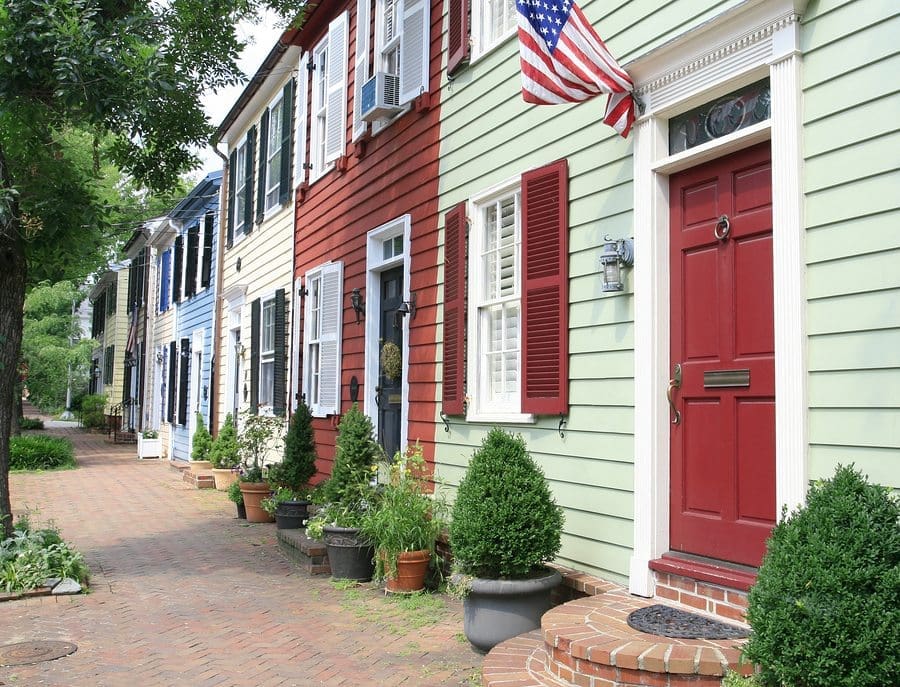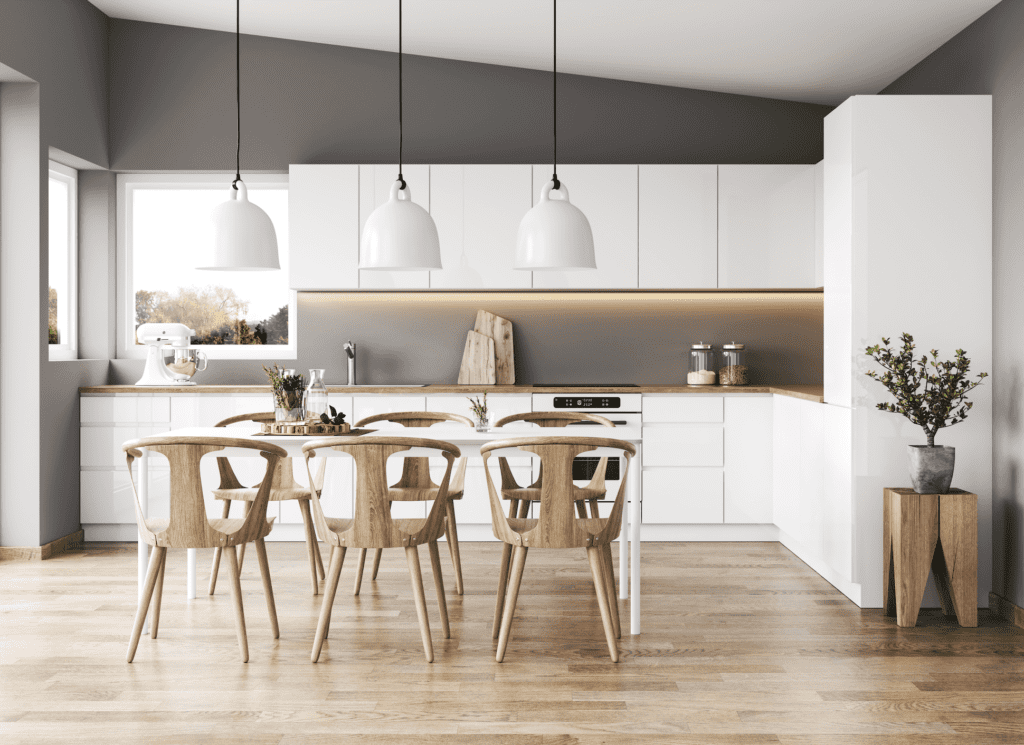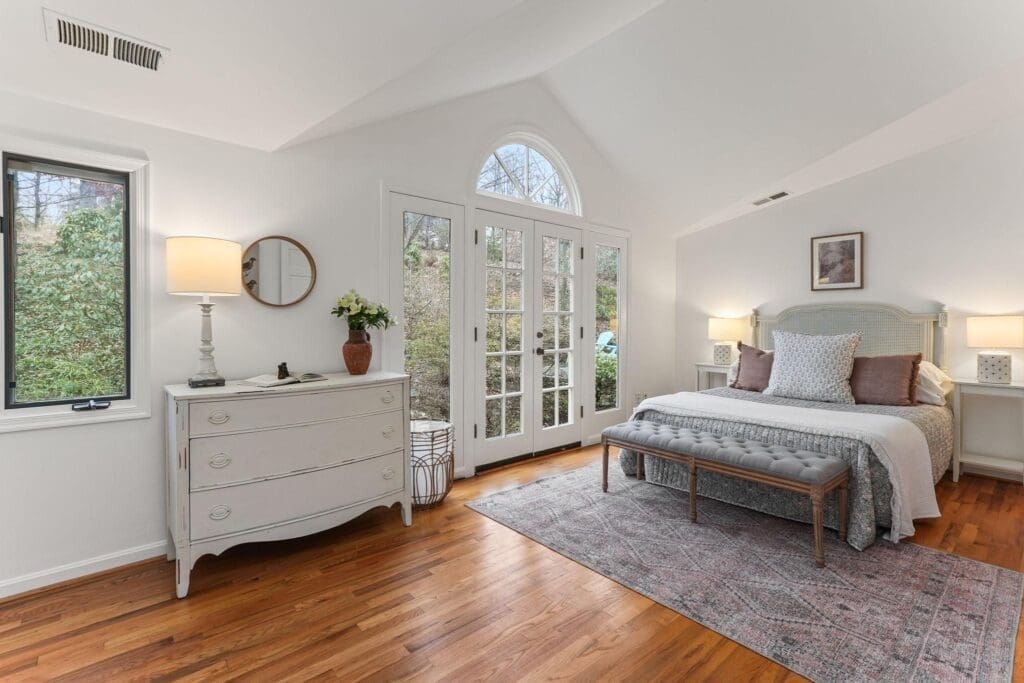Buying an historic home is about as romantic as it gets. My house was built in 1820 and I frequently envision the many people who have lived in the house over the years discussing the events of their time. The Civil War, the inventions of the first car and the first airplane, World Wars I and II, The Roaring 20’s, The Great Depression, The Space Race and The Cold War, Vietnam, Watergate, 9/11. The list goes on…. But as romantic as it is living in a historic home, like any great romance, you need to be on the lookout for certain red flags before you commit.
Beware of The Good & The Bad of Historic Districts.
Be sure to check if your future home is in a designated historic district. On the plus side, this can often add value to your home, especially if your home is plaqued or has a fun story or a famous former resident!
On the minus side, there are serious restrictions on work you can do to your home. You will likely have to go through an approval process with your local architectural review board in order to do things like replace your windows or change your exterior railings. Generally, anything that can be seen from the street must fit in with the era in which it was built. This typically means repairs can be more expensive than they otherwise might be. Older (less energy efficient) windows can also mean higher utility bills.
In Old Town, the Board of Architectural Review (BAR) allows you to do things like paint the exterior of your home without approval, but that’s about it!
Uneven Floors are a Thing.
Sorry to be the bearer of bad news, but many historic homes have sloped and slanting floors. Usually, the cause is just normal settlement that occurs over a couple hundred years! It’s often nothing to worry about, but you will want to get it checked out as occasionally, slanting floors are a sign of a larger structural issue. As long as it’s cosmetic, most people leave the floors in their slopey state as they can be very expensive to repair.
Original Features. The More You Have – The More It’s Worth.
Do you have original hardwoods, mantles, and hardware? Good for you! In the historic home world, the more that is “original,” the more the home is worth. When you buy a historic home, be sure to keep as many original elements as you can.
(Small) Closets & Cellars.
Unfortunately, people (and their wardrobes) were much smaller two hundred years ago, so be prepared for smaller closets. While many homes have had additions or been re-worked to create larger closets, storage is typically at a premium in historic homes. Finished basements, while they do exist, are also in small supply. Typically, you will find an unfinished storage cellar with a dirt or cement floor or a finished basement with very low ceilings and brick floors.
Maintenance of a Historic Home.
Living in a historic home is wonderful, but be prepared to maintain it. With older plumbing and electrical systems, you are bound to have a few more mishaps than in a new construction home. That being said, older homes were built to last, so the major structure is typically sturdier and built better than post World War II construction.
If you need help determining if a historic home is right for you, let us know. We would be happy to talk you through the pros and cons and answer any questions you may have. Just give us a shout below! We’ll get right back to you.
Contact Us
For more real estate insights like this, sign up for our weekly blog roundup, delivered every Monday.


